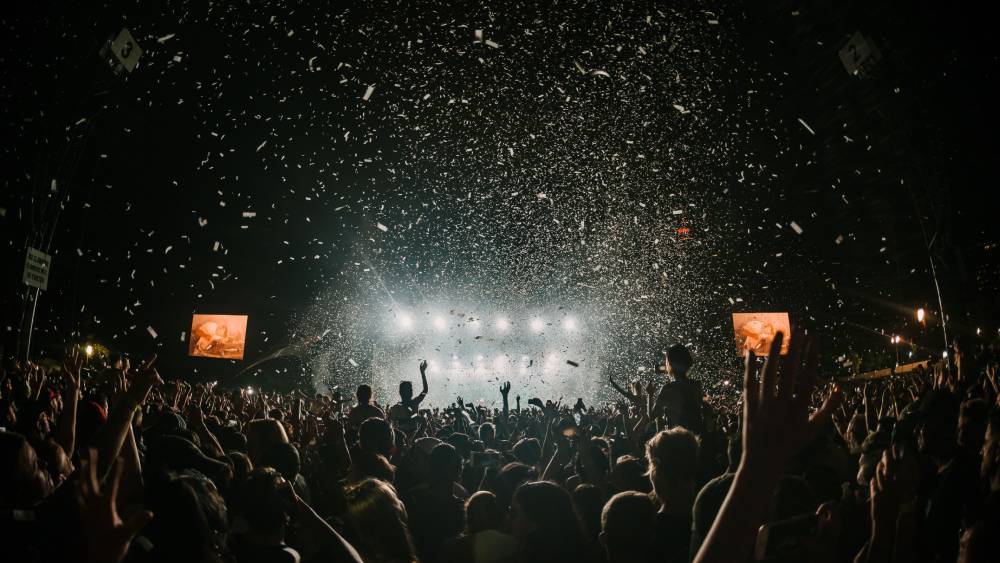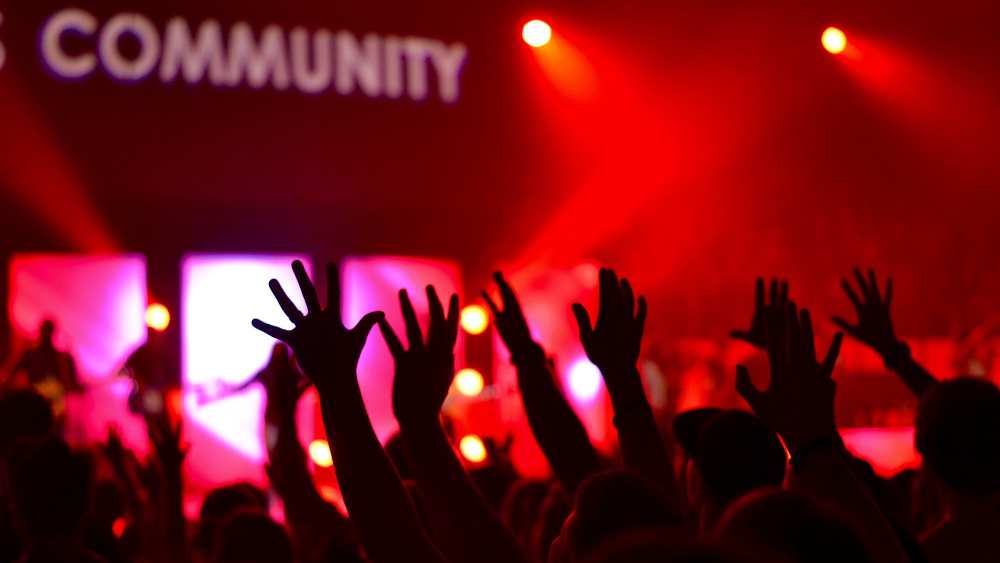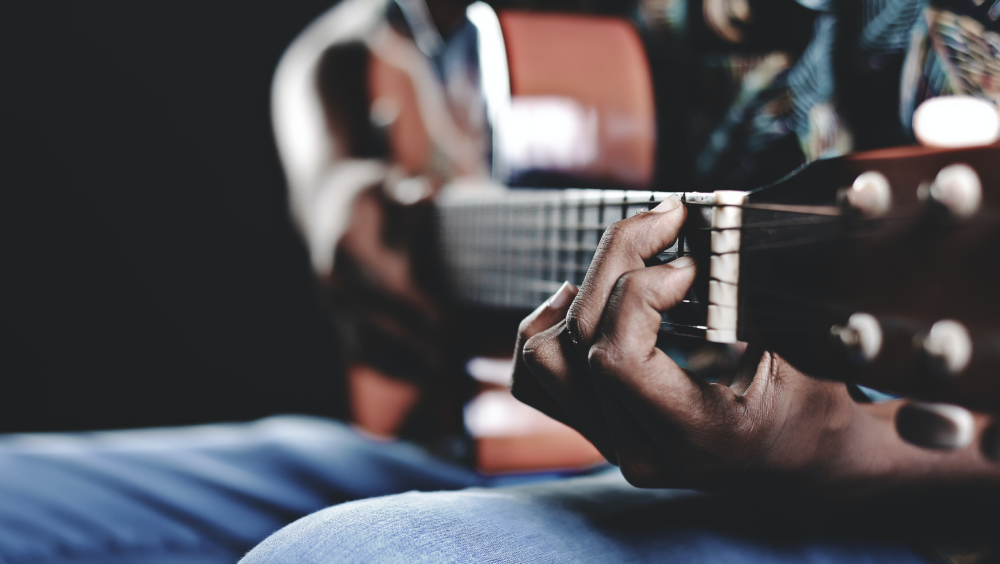Invest in the relationship with your fans
To sustain a fandom, first you need to build a fanbase. Fan networks rely on a shared love of an artist, with shared enthusiasm building connections both between fans and artists and among the fans themselves.
The emotional connections and nostalgia shared with an act is immeasurable, as long-term One Direction fan Aagya Pradhan explains. Aagya attended the boyband’s early signings with her dad and even ended up on Radio 1 talking about her love for the group. With Directioners, she says, there’s an element of wanting to 'relive' their heydays together. ‘They want to get to know the band, especially an artist like Harry, from a different perspective – away from the global superstar he is,’ she says. ‘Even thinking of the old videos, I can just imagine people being won over by how endearing and charming he is.’
Fandom isn’t an inane activity and artists that see their supporters on a genuine, engaged level can go a long way. With the rise of streaming, creatives have been looking at ways to reestablish direct relationships with listeners. Take Maggie Rogers returning to physical box office sales to ensure her core fans beat out scalpers to tickets to her tour or Boygenius kicking off intimate album listening parties (and then showing up!) to surprise fans. Whether you’ve got the cash to launch a whole event or want to do a small social media back and forth, taking time to acknowledge and value your listeners can go a long way to strengthening a relationship between fans and artists.
Social media is a gateway to a global community
Whether you’re Harry Styles or Halsey, the internet is a reliable avenue for artists to bond with fans and create virtual moments. US-based artist manager Missy Scheinberg says social media can serve as an opportunity to get to know those willing to put time and energy into an artist. ‘There are two parts to it – there are fans creating their own communities and friendships, as well as feeling closer to the artist.’ Take up-and-coming TikTok star Jenna Doe who went viral with acoustic rendition of her release Pink Slips. Fans eagerly requested a stripped-down version just as the artist was starting out. At the time, she only had around 50k TikTok followers, but now has a community of more than 150k fans. ‘The more time you put into social media, the more connected your fans will feel to you, and the more they'll want to continue supporting [you],’ Missy says.Fans want authenticity, not another algorithm artist
A fanbase – a small network of listeners – can crop up at local shows and live events. Generally, fanbases are micro-communities that support an artist or act in a traditional sense. Fandoms, however, are dedicated supporters who cross-interact and engage in creative methods to share and spotlight the artists they love. Most commonly known fandoms range from Taylor Swifties (Taylor Swift), Barbz (Nicki Minaj), to BTS’ Army who create fan projects, run fan accounts, attend live events, and often involve a broader collective of fans.
For Romy Bayhack, being a fan has shaped almost ‘every aspect’ of her identity. A Belieber, an all-in Justin Bieber stan, Romy lived the word ‘fan’ to the fullest – chasing cars, showing up at hotels to show support, and attending shows. Now, having matured, she doesn’t agree with ‘invasive’ behaviour, but has learned lessons from being a dedicated follower to her favourite heartthrob musician. ‘You can make as many TikToks and reels and tweets as you like and hope it sticks, but a lot of it is luck – including luck with the algorithm – and the music has to resonate,’ she says. ‘I don't believe there is one method or formula to get fans or sustain them. The best thing an artist could do right now makes their most honest, authentic art that is true to themselves.’
Find new ways to engage your audience
We’ve all heard about artists needing to push content on TikTok and, sure, snappy videos teasing a new track can do wonders, but there’s more to the internet that the one app. In fact, with social media platforms becoming increasingly saturated, it’s often best to go back to basics – build your core community. In 2014, newbie Ashley Frangipane aka Halsey did exactly this. Tumblr became synonymous with the fast-rising and it wasn’t long until her dedicated fanbase transformed into a die-hard fandom that was step-by-step in sync with her style, sound, and aesthetic.
As TikTok becomes the heralded go-to platform, it’s worth finding your unique spaces elsewhere and Paul O’Donnell, Director of Whiteboard PR, urges new artists to do exactly this. 'New and established artists can benefit from finding their line of communication to their fans. Posting on Instagram is not quite enough, and TikTok feels like the wild west at times,' he tells M. 'We have seen communication on platforms like Whatsapp Community and Discord create close relationships between fans and artists. Finding 200 to 500 passionate fans can be the bedrock of a long career.' Sometimes, starting out small isn’t a bad way to go, especially if it means a guaranteed audience in the long run. Communicating your story, Missy adds, is a great way to be active on social media, but the value is interacting with fans on and off platforms as well.





